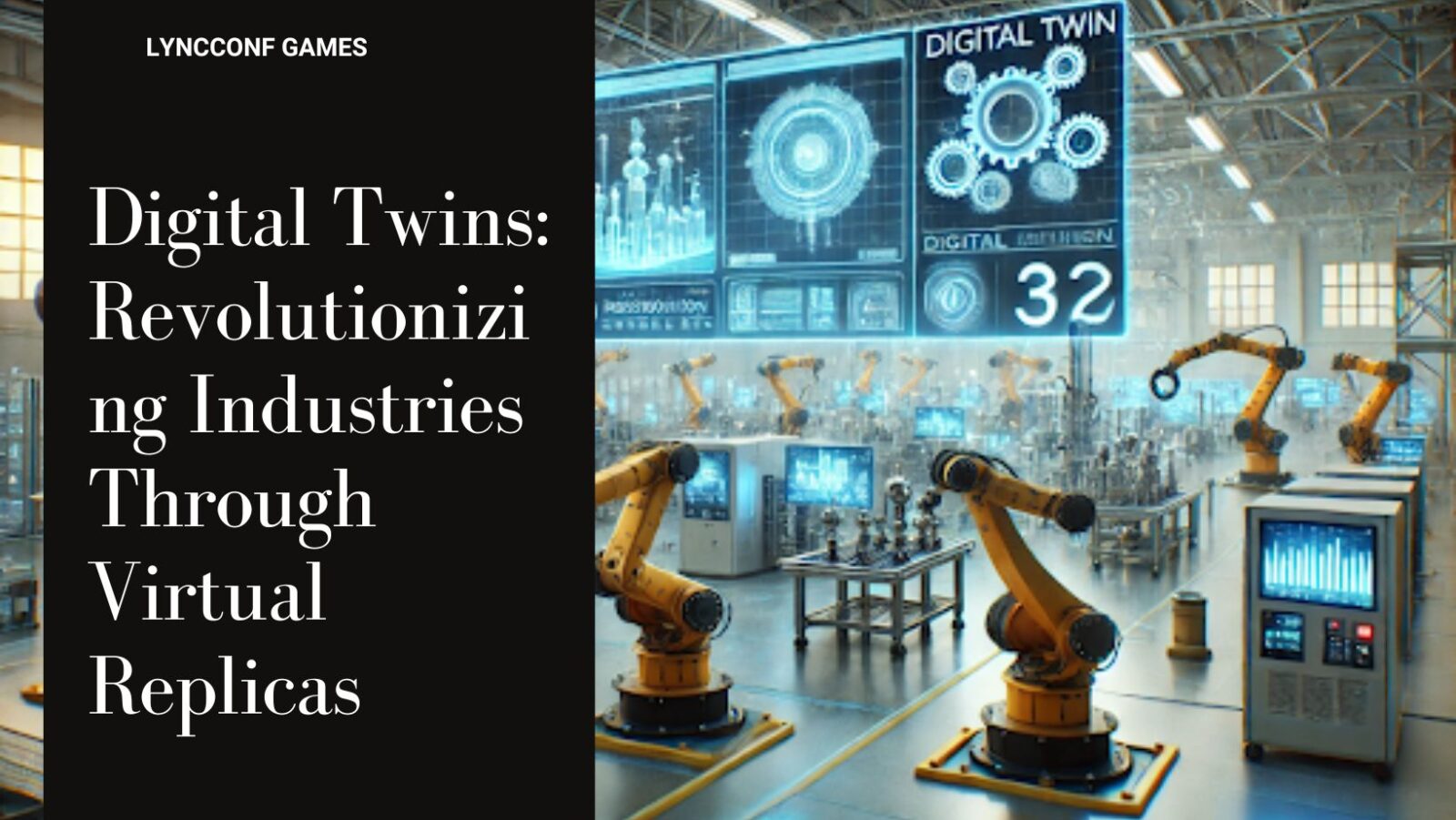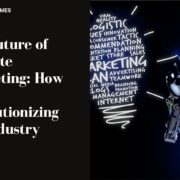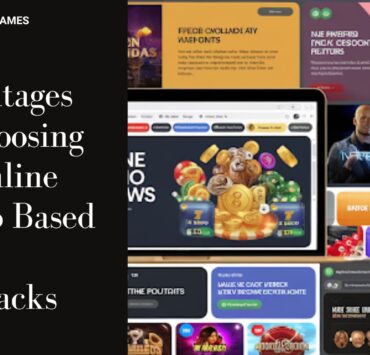Joel is a whiz with computers. When he was just…

Digital twins are reshaping the way businesses and industries operate, bringing the power of virtual replicas to physical systems. By creating detailed digital models of real-world objects, processes, or systems, companies can predict, simulate, and optimize outcomes with unprecedented accuracy. This transformative technology has found applications across healthcare, manufacturing, urban planning, and even in entertainment platforms like Crazy Time, where virtual modeling enhances gaming experiences, driving efficiency and innovation. Discover more in this exciting realm with insights and practical applications.
Table of Contents
ToggleWhat Are Digital Twins?
At its core, a digital twin is a virtual representation of a physical entity. These virtual models are enriched with real-time data, enabling organizations to monitor, analyze, and improve performance. As industries lean on data-driven decisions, digital twins play a pivotal role in enhancing predictive analytics and operational efficiency.
For example, in manufacturing, companies use digital twins to simulate assembly lines, identify bottlenecks, and implement improvements before making costly physical changes. Similarly, urban planners create digital twins of cities to optimize traffic flow, design infrastructure, and ensure sustainable growth.
The Core Technologies Powering Digital Twins
Digital twins rely on several advanced technologies to function effectively:
- Internet of Things (IoT): Sensors and connected devices collect data from physical entities, feeding it into digital models in real-time.
- Artificial Intelligence (AI) and Machine Learning (ML): These technologies analyze data, generate insights, and predict outcomes based on patterns.
- Cloud Computing: Scalable storage and processing power allow complex simulations and real-time monitoring.
- 3D Modeling and Simulation Software: These tools enable the creation of highly detailed and accurate virtual representations.
This integration of technologies has made digital twins a cornerstone of Industry 4.0, facilitating smarter and more agile operations.
Key Applications of Digital Twins
Digital twins are transforming a wide array of sectors, delivering measurable results and innovative solutions. Below are some examples:
1. Healthcare
In healthcare, digital twins enhance patient care and medical research by enabling personalized treatment plans. For instance:
- Patient-specific models: Virtual replicas of organs or systems help doctors plan surgeries and predict recovery outcomes.
- Drug development: Simulations of biological systems accelerate drug testing, reducing costs and time.
2. Manufacturing
Factories benefit immensely from the use of digital twins to optimize production lines, reduce downtime, and improve product quality. Key examples include:

- Predictive maintenance: Machines equipped with IoT sensors provide data to predict failures and schedule repairs.
- Supply chain management: Digital twins enable better demand forecasting and inventory management.
3. Smart Cities
Urban development has seen significant advances with digital twins helping create sustainable and efficient cities. Examples include:
- Traffic management: Simulations guide infrastructure planning to alleviate congestion.
- Energy optimization: Virtual city models help monitor and optimize energy consumption.
4. Aerospace and Defense
The aerospace sector uses digital twins to design aircraft, predict maintenance needs, and enhance safety protocols. For instance:
- Flight simulations: Virtual testing ensures designs are optimized for real-world conditions.
- Operational insights: Sensors on aircraft provide data for continuous performance monitoring.
Benefits of Adopting Digital Twins
Organizations adopting digital twins can achieve remarkable benefits. Below are some of the key advantages:
Improved Decision-Making
Digital twins provide accurate simulations, allowing stakeholders to make informed decisions. For example:
- Reducing operational costs through predictive maintenance.
- Enhancing product designs by analyzing performance data.
Enhanced Efficiency
With real-time monitoring, businesses can detect inefficiencies and implement corrective measures instantly. This is particularly beneficial in energy management, logistics, and urban planning.
Risk Mitigation
By simulating scenarios, digital twins help organizations anticipate and avoid risks. For instance, natural disaster simulations can guide city planning, and production simulations can highlight design flaws before manufacturing begins.
Challenges in Implementing Digital Twins
Despite their transformative potential, implementing digital twins comes with challenges:
- Data Integration: Ensuring compatibility between physical and digital systems can be complex.
- High Initial Costs: Developing and deploying digital twins require significant investment in technology and expertise.
- Cybersecurity Concerns: With large amounts of sensitive data, robust security measures are essential to prevent breaches.
Overcoming these hurdles involves strategic planning, investment in skilled personnel, and leveraging scalable technologies like cloud computing.
Steps to Implement a Digital Twin
For organizations looking to integrate digital twins, the following steps can serve as a roadmap:

- Define Objectives: Clearly outline the goals and outcomes expected from the digital twin.
- Collect Data: Use IoT devices to gather accurate and comprehensive data.
- Develop the Model: Create a detailed digital representation using advanced simulation tools.
- Integrate Real-Time Data: Ensure the model updates continuously with live data from sensors.
- Analyze and Iterate: Use AI and ML to gain insights, make adjustments, and improve performance.
By following these steps, businesses can unlock the full potential of digital twins and gain a competitive edge.
Future Trends in Digital Twins
The evolution of digital twins continues, with emerging trends poised to redefine their applications:
- Edge Computing Integration: Processing data closer to its source enhances speed and reduces latency.
- 5G Connectivity: Faster data transfer will enable more detailed and real-time simulations.
- Integration with Blockchain: Enhanced security and transparency for data sharing.
These advancements promise even more sophisticated and impactful uses across industries.
Conclusion
Digital twins are no longer a futuristic concept; they are an essential tool for businesses aiming to innovate and optimize operations. From healthcare to urban planning, their applications are vast and transformative. By harnessing real-time data and powerful simulations, organizations can improve efficiency, reduce risks, and drive sustainable growth. While challenges exist, the benefits far outweigh them, making digital twins a game-changer in the digital transformation journey.
Joel is a whiz with computers. When he was just a youngster, he hacked into the school's computer system and changed all of the grades. He got away with it too - until he was caught by the vice-principal! Joel loves being involved in charities. He volunteers his time at the local soup kitchen and helps out at animal shelters whenever he can. He's a kind-hearted soul who just wants to make the world a better place.






